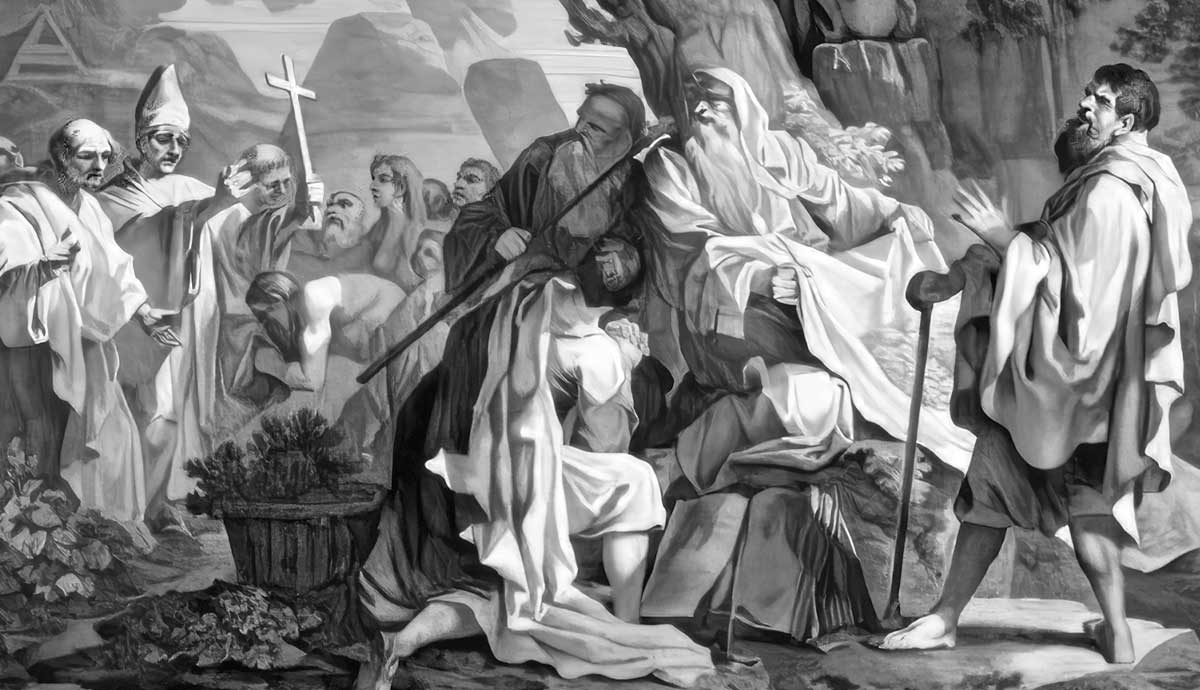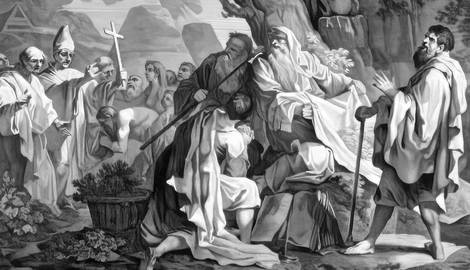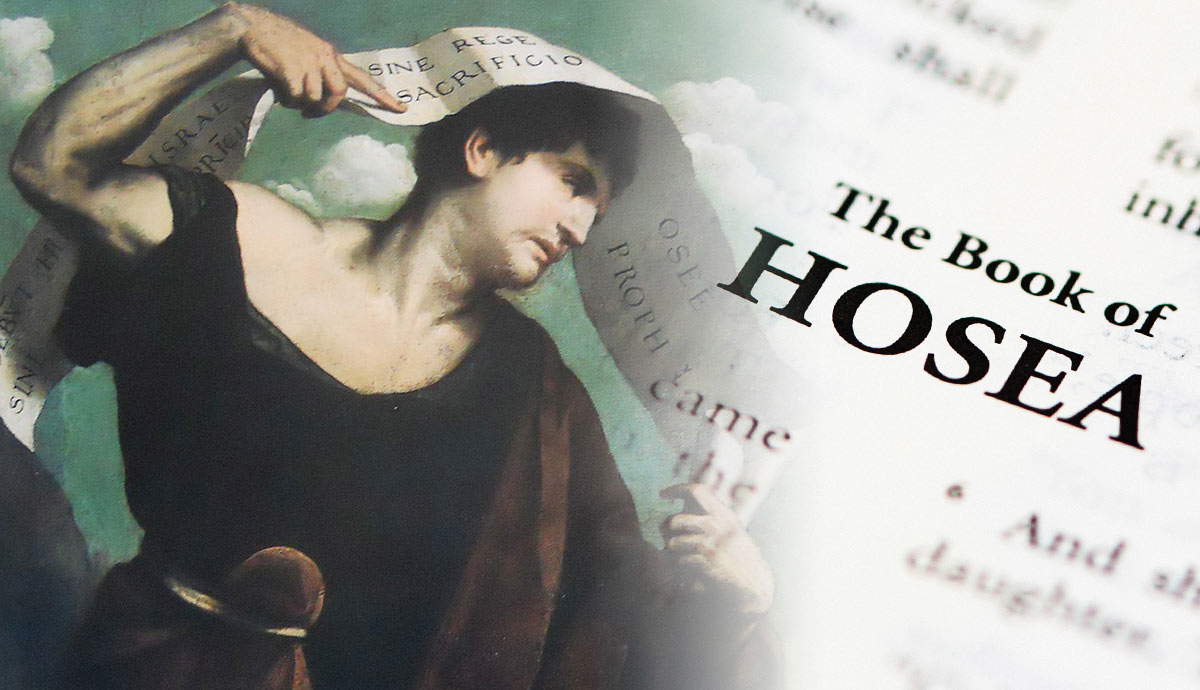
The history of England is strongly intertwined with that of Christianity. The religion has influenced a lot of the nation’s customs including the nation’s architectural and artistic designs. That said, Christianity hasn’t always brought harmony to the country. In fact, the country has endured many centuries of religious conflicts over Christian belief systems before achieving unity.
The Beginning of Christianity in England

The Christian religion is said to have first reached England in the 2nd century CE. Numerous generations later, it had grown to become the nation’s main religion. As a result, the 10th century witnessed the strengthening of a united Christian England. However, the process was not straightforward. Organized Christianity in England began after Pope Gregory the Great sent Saint Augustine to England in 597 to convert the pagans to Christianity. Augustine quickly converted King Æthelberht of Kent before establishing St Augustine’s Abbey at Canterbury. This was after they received land for the project from the king. A few decades later, one of his fellow priests – Paulinus, baptized King Edwin of Northumbria at York.
Soon, Christian missionaries from Ireland spread the religion among the Northumbrians. Subsequently, their first church was founded on Lindisfarne in 635 under the patronage of King Oswald. The spread of Roman Christianity was not without resistance. Some regions of Kent, for example, briefly reverted to paganism.
Rivalry Between the Celtic and Roman Christians

Celtic (Irish) and Roman Christians had major clashes right from the beginning. In 603 CE, British Isles’ Celtic Christians clashed with Saint Augustine upon his arrival on the shores of England. He not only condemned some of their Christian practices but demanded their submission to his authority. Celtic bishops promptly refused to recognize Augustine as their leader. In retaliation, Augustine prophesied their early deaths. The incident marked a low point in their relations. Celtic and Roman Christian practices differed. For example, they had different ways of determining the day of Easter. However, their rivalry mainly stemmed from their competition for believers.
Why Did the Vikings Attack Churches and How Was the Church of England Revived?

The 9th century Viking onslaught that destroyed the monasteries at Whitby, Lindisfarne and others almost destroyed the Church of England. While nobody truly knows why it started, there are many theories that attempt to explain the occurence. One of them was population pressure in the rugged north country of Scandinavia where there was a shortage of arable land. There are also hypotheses that point to political upheaval which pushed the men from the north to seek better lands in the south. Regardless of the reason, they caused a lot of destruction.
The assault started in the late 8th century when Scandinavian men in their longships began raiding the British Isles without warning. They often attacked many of the ill-defended and isolated monasteries. Eventually, the Vikings settled in some parts of England and even established their own rule in some regions. After taking over the throne, King Alfred the Great spent many years battling the Vikings. Eventually, he was able to secure a resounding win in the Battle of Edington in 878 that led to a deal with the Vikings. The deal split England between Anglo-Saxon land and the Viking-controlled Danelaw. Alfred also oversaw the conversion of Viking leader Guthrum to Christianity.

Soon after, King Alfred of Wessex and his successors labored to revive Christianity, and were soon aided by Christianised Scandinavian settlers. The 10th century saw a far more prolonged revival of Christianity and the Church of England. Monasteries were established or reestablished during this period. Church building projects increased in 1066 following the Norman Conquest. The Normans built bigger churches and basilicas in major towns such as London and York.
Christianity in England post-Medieval Era

In the 10th Century leaders in England began to build small chapels where local people could partake in worship. The parish system was developed during this period and still exists today. After the Norman Conquest of 1066, the power of the church in England got much stronger. William the Conqueror, the first Norman king of England, started a major church-building project that prominently featured Norman architectural designs. In a nutshell, Christianity in Britain during the medieval era spread fast and impacted the lives of many ordinary people. Today, there are over 27 million Christians in both England and Wales.








